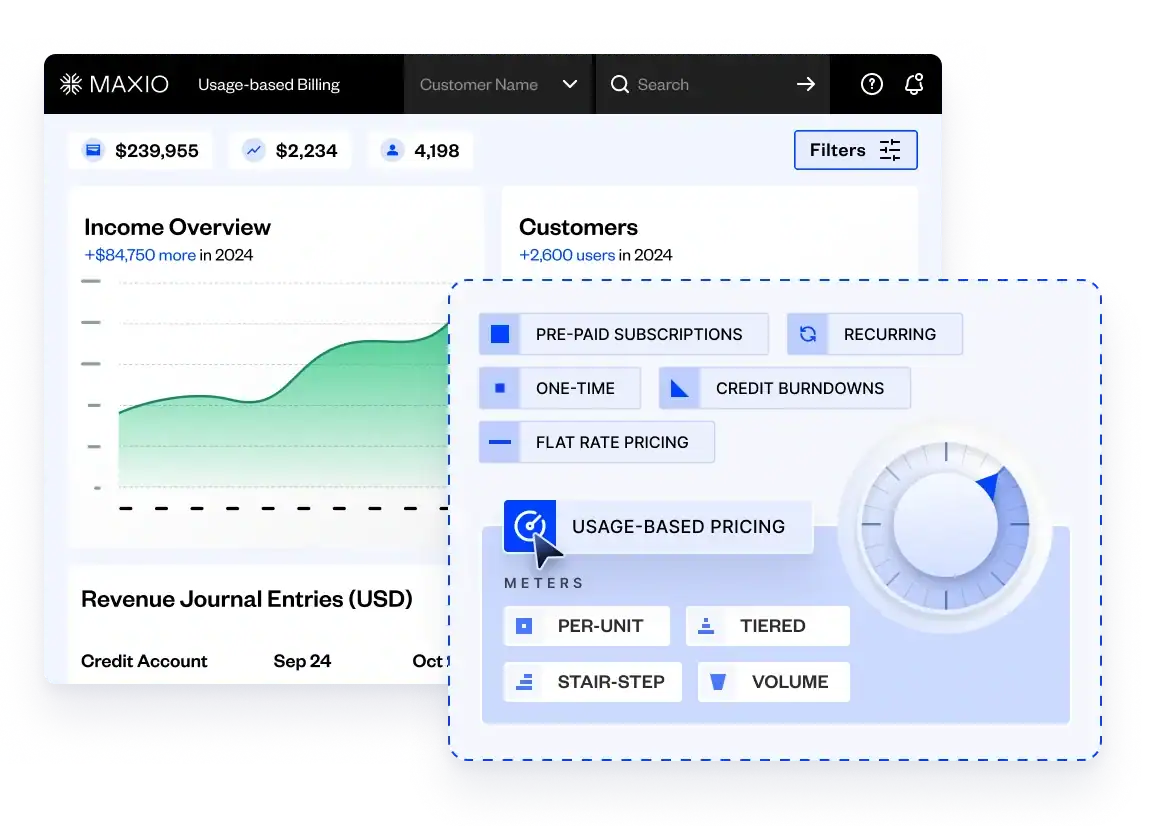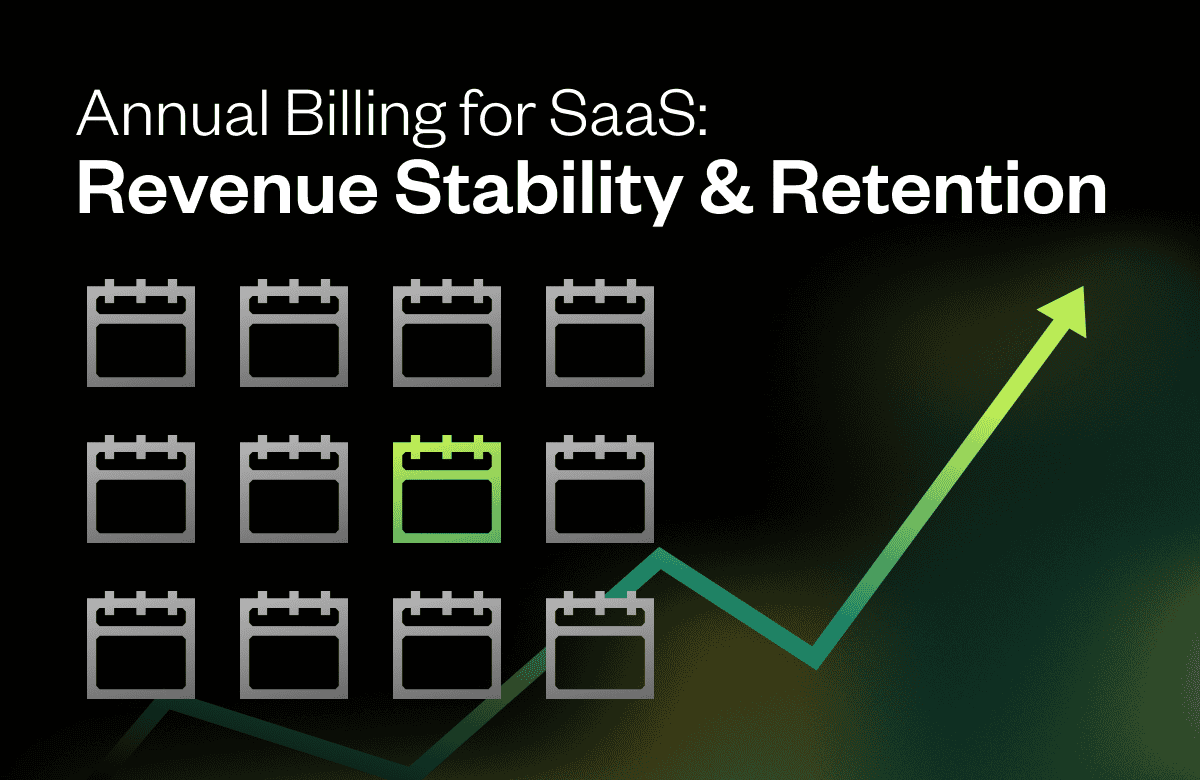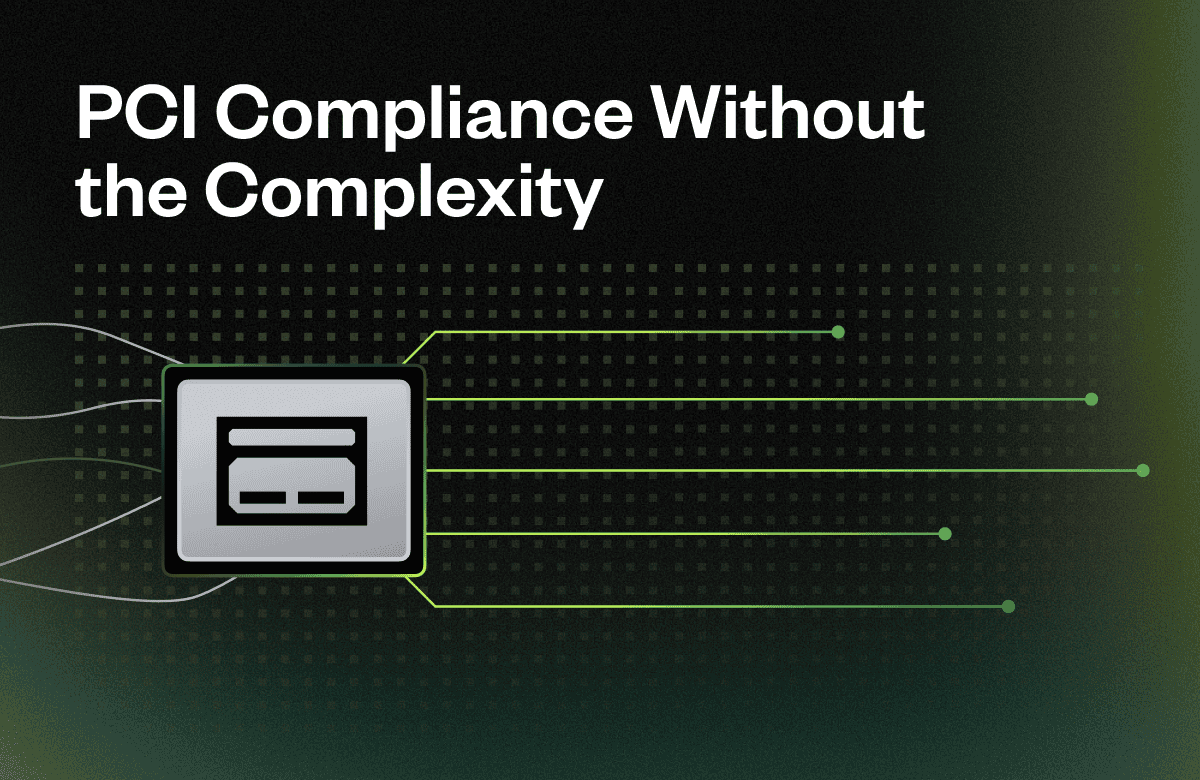The membership economy is growing and with it comes a shift in revenue generation and consumer demands. Adapting to these changes isn’t optional. It’s a requirement for all companies seeking to stay in business.
From software to healthcare, multiple industries are adjusting from standard one-time purchases to recurring revenue models. Customers would rather subscribe to on-demand Internet streaming providers, instead of purchasing a DVD.
As new competitors emerge, this model will influence consumer expectations and market behaviors. Brands will engage customers through marketing campaigns, leading to long-term relationships.
So, how will these changes affect you? Let’s discuss how your company can thrive with a recurring revenue model.
The Shift to Recurring Revenue
Within the last decade, new patterns in consumption have developed. Consumer preferences switched from purchasing products to subscribing to services. And with that shift, companies changed their pricing models to reflect customer behavior.
A Gartner study predicted that 35% of Global 2000 companies will generate revenue through subscription-based services and revenue models by the end of 2015. This prediction has become a reality.
Now, businesses must move toward a digital strategy that gives customers round-the-clock access to their services. Goodbye to selling packaged software. Hello to SaaS (Software as a Service).
A recurring revenue model gives companies a new way to engage with its customers. However, transitioning isn’t easy. To make the leap, businesses should evaluate their customers’ needs. Then, create a strategy to monetize these relationships.
Make your customers’ lives better, and they will be less reluctant to make the shift from owner of products to subscriber of services.
Why Recurring Revenue Makes Sense
Companies adopt the recurring revenue model to create strategic business opportunities. A study by Ventana Research shows that the primary business drivers for using such a model are “increasing the top line, enhancing the customer experience, and increasing customer loyalty.”
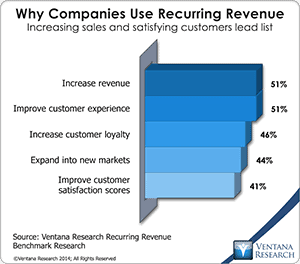
Generating a steady cash flow provides a clear outlook into next month’s revenue; no more relying on revenue estimations.
Moreover, businesses can plan for growth. A stable revenue source means you don’t have to secure one-off contracts just to make payroll. Time and energy can be directed toward expansion, like hiring new employees.
However, in the membership economy, companies must continually offer value to their consumers to succeed. How do customers win with this model?
Recurring pricing offers reliability to consumers. In developed countries, most people expect running water to be available 24/7. It’s a given. This mindset is expanding to Internet access. We expect every grocery store, coffee shop, and hotel chain to offer Wi-Fi.
Matt Meeker, BarkBox’s founder, told All Things Digital: “BarkBox wouldn’t have made much sense back when there wasn’t much trust in online commerce and the Internet was slower.”
These ideals of access and reliability rang true for recurring services. Consumers rely on businesses to deliver products to their front doors monthly.
For SaaS companies, convenience and flexibility attract customers. People enjoy the luxury of accessing their services from multiple devices. Netflix even promotes the freedom to watch TV shows and movies anytime, anywhere.
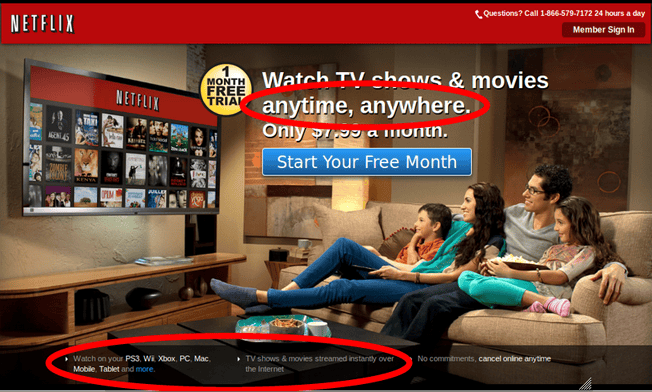
For consumers wanting to avoid in-store chaos, eCommerce stores offer an opportunity to shop from any location. Auto-refill programs, like 1-800-Contacts, automatically send customers a new shipment of lenses before they run out.
When customers are happy, your churn rate is low. Recurring pricing creates brand advocates.
How to Manage Your Recurring Revenue
With efficient systems to monetize and manage subscriptions, recurring revenue will benefit your company greatly. However, if your membership business fails to offer responsive billing solutions, your customers will leave and seek out competitors.
Revenue management is important for any business. The graphic below shows the various components of subscription commerce.

In a transaction-based economy, companies focus on “selling the right standardized, inventory-constrained product to the right customer at the right price.”
There is no limitation in inventory with membership businesses. In order to provide differentiated value and increase revenue opportunities, companies have to create differentiated product packaging.
Therefore, managing recurring revenue means “matching the right rate plan to the right customer usage at the right price.” See the differences in the figure below.
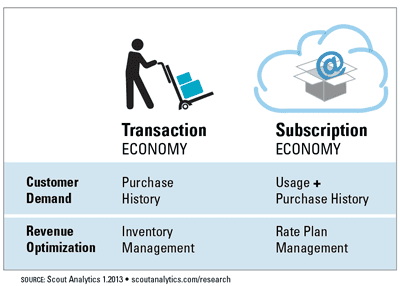
Optimal pricing is mission critical to the success of any subscription business.
If your price does not match the value added, your business will ultimately fail. If no one complains about your pricing, or considers you “cheap,” you might be leaving a lot of money on the table.
Overcome Common Billing Challenges
Subscription businesses face several challenges that can require substantial resources to overcome. Alternatively, subscription billing software can eliminate these roadblocks, so resources can focus on building better products and services and serving your customers.
Here are some common issues your company may face and how subscription billing software can overcome them.
1. Flexible Billing Scenarios
As mentioned above, pricing is mission critical, but pricing isn’t the only component of your billing scenario. Other factors such as free trials, billing periods, setup fees, and promotions play an important role in maximizing revenue.
Your billing software should be flexible, allowing you to fine-tune billing scenarios for optimal conversions and revenue growth.
2. Security
Customers trust you with their credit card information. Your website must secure all transactions and keep hackers at bay.
Your billing system must be PCI-compliant and force SSL encryption for all account-related communication. By using billing software that is already PCI-compliant and audited annually, you can sleep well knowing that customers’ sensitive billing information is safe and sound.
3. Dunning Management
Successfully recapturing at-risk accounts to reduce churn can have a big impact to your recurring revenue.
Dunning is the process of communicating with customers to collect payment of past due accounts prior to account cancellation. Your billing system should be smart, properly notifying customers when stored credit cards are about to expire, automatically retrying when transactions fail, and effectively communicating with customers prior to account cancellation.
Customizable dunning management can help increase collections from at-risk accounts by as much as 50% or more.
4. Customer Support
Managing and supporting your customers is important to customer success. Customers should be able to self-service their accounts, change plans, view usage, and access billing history.
When support is required, your customer support team should have easy access to account-related information to provide “white glove” treatment. It shouldn’t be a hassle to change plans or apply credits or discounts on the spot.
When using a best-of-breed billing solution, these standard features keep internal and external customer support running smoothly.
5. Reporting and Analytics
In order to achieve certain benchmarks, your team needs to monitor the business’s performance. Detailed reports and analytics tools help transform complex formulas into understandable concepts.
Use a system that will track key performance metrics like monthly recurring revenue, lifetime value, and customer churn.
Implementing a recurring revenue model shouldn’t be a pain. With an easy-to-use recurring billing solution, your business operations can run smoothly. Get a system that will help you manage your customers’ subscriptions, offer great customer support, and increase efficiency.
Recurring Success, Are You Ready?
The membership economy is a multi-billion dollar industry, and new competitors are constantly entering the market to claim their share.
To master the recurring revenue model, business leaders should offer customers convenience, flexibility, and personalized services. Issues with billing and subscription management can easily be solved with effective subscription billing software like Maxio.
Be ready for change. Transform your business. Generate recurring success.


